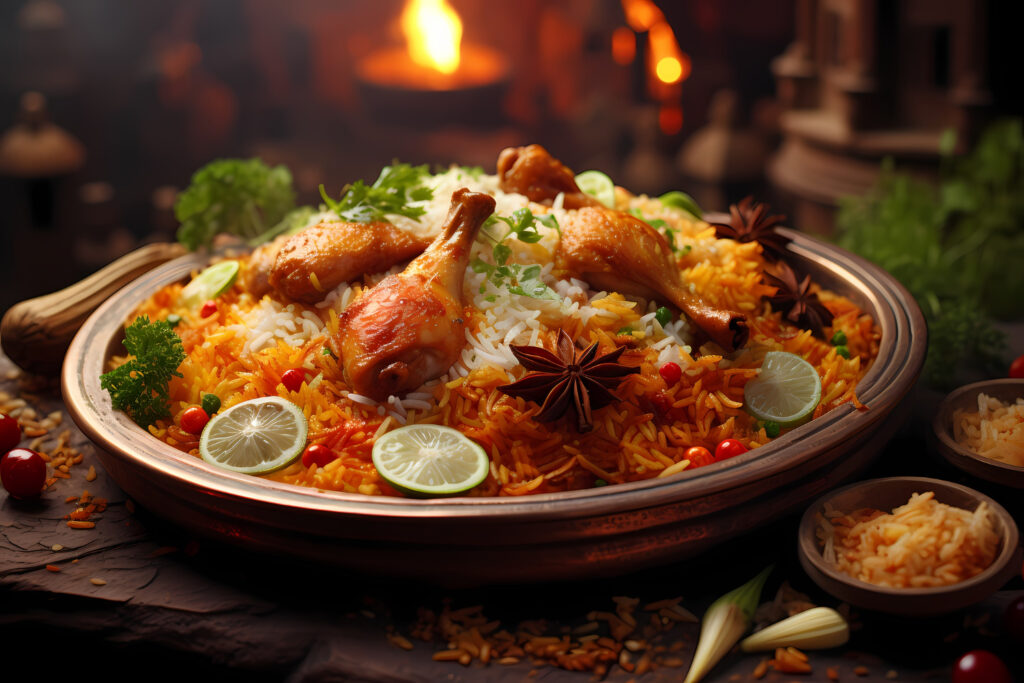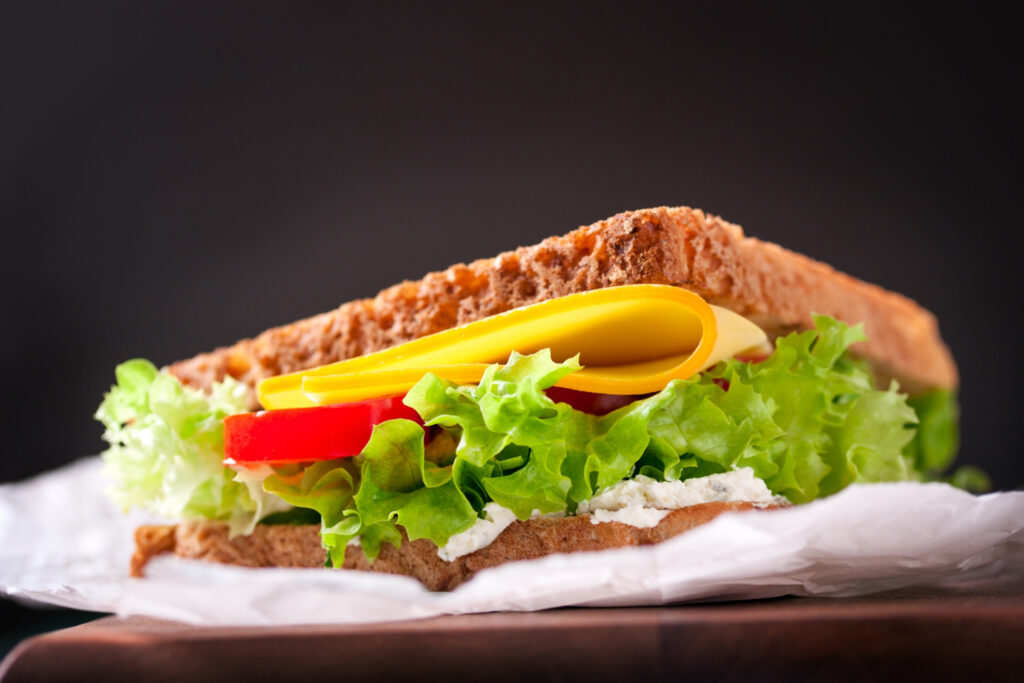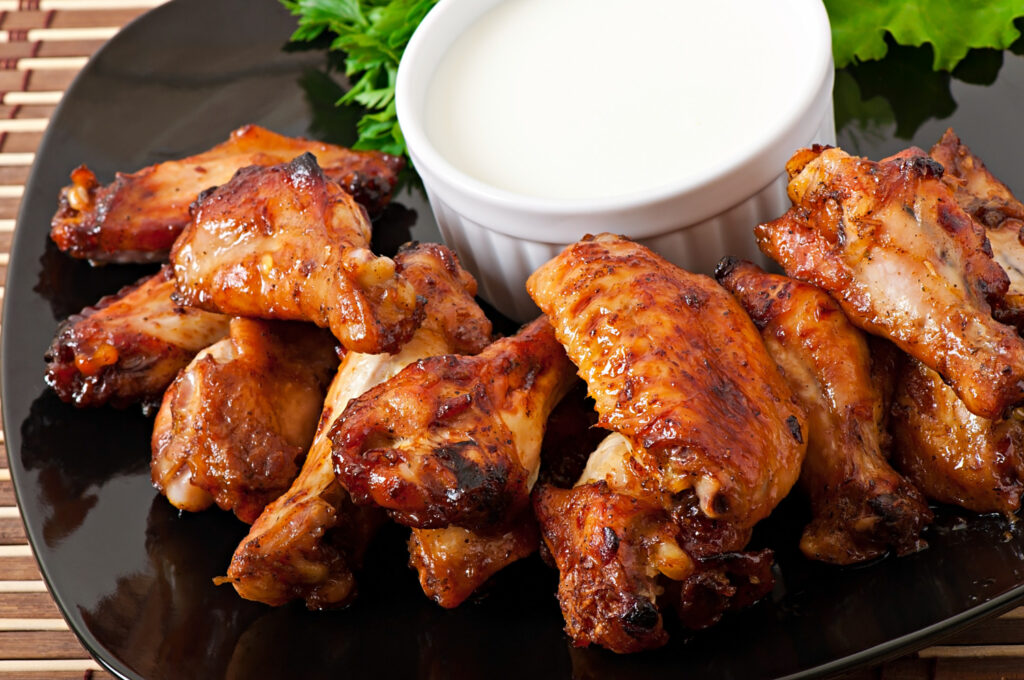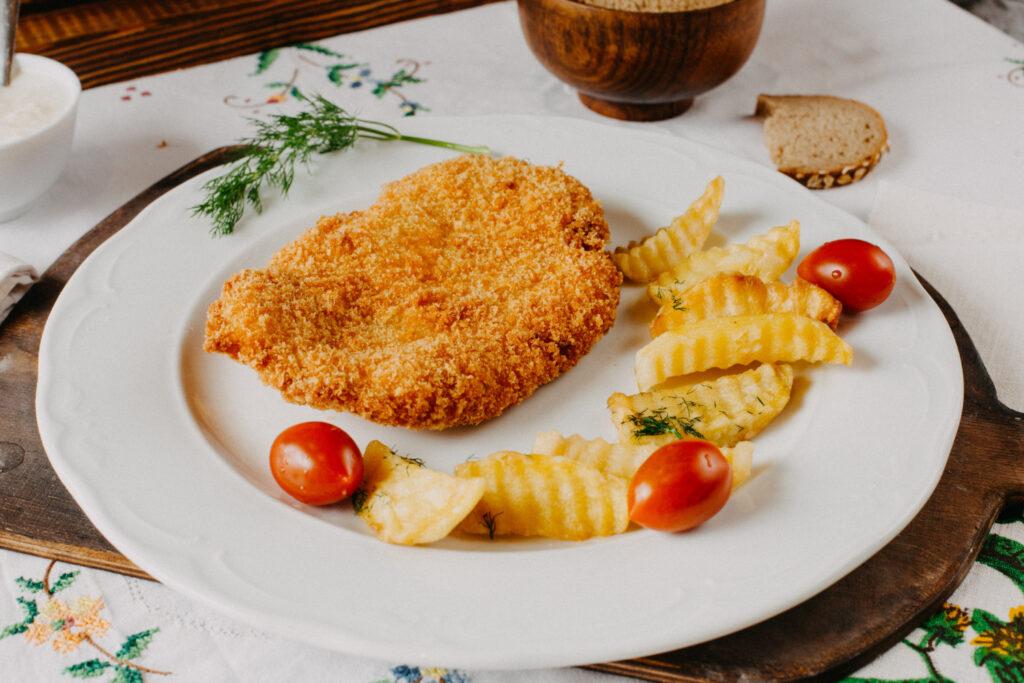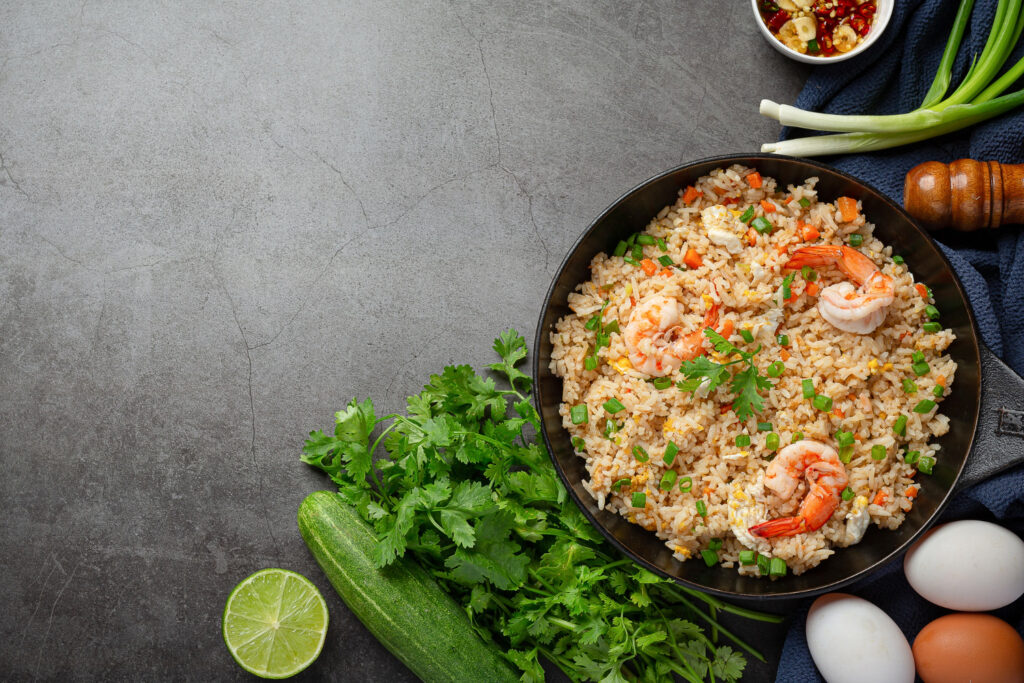Chicken biryani is more than just a dish; it’s an experience that brings together aromatic spices, succulent chicken, and fragrant basmati rice in a harmony of flavors. Whether you’re a seasoned chef or a kitchen novice, mastering chicken biryani can be a rewarding culinary adventure. Let’s dive into the world of chicken biryani and learn how to prepare this beloved dish.
Section 1: The Origins of Chicken Biryani
Understanding the history and cultural significance of chicken biryani enriches the cooking experience. This section explores the origins and evolution of this flavorful dish.
Historical Background
Chicken biryani traces its roots to the Indian subcontinent, where it evolved from Persian and Mughal influences. The word “biryani” itself is derived from the Persian word “birian,” which means “fried before cooking.” The dish spread across different regions, each adding its unique twist, resulting in various regional variants.
Cultural Significance
Biryani holds a special place in South Asian cuisine, often served during festivals, weddings, and celebrations. It symbolizes hospitality and is considered a regal dish due to its rich ingredients and complex preparation process. Understanding its cultural context adds a layer of appreciation when cooking and serving chicken biryani.
Section 2: Essential Ingredients for Chicken Biryani
The success of chicken biryani lies in its ingredients. Using fresh, high-quality components is key to achieving an authentic flavor.
Choosing the Right Chicken
Opt for bone-in chicken pieces for the best flavor and texture. The bones add depth to the dish, and the meat stays tender and juicy during the cooking process. You can use a whole chicken cut into pieces or specific parts like thighs and drumsticks.
Aromatic Spices and Herbs
Spices are the heart of chicken biryani. Essential spices include cumin, coriander, turmeric, garam masala, and saffron. Fresh herbs like mint and cilantro add a burst of freshness. Don’t forget whole spices like cloves, cardamom, and bay leaves, which infuse the biryani with their aromatic oils.
Section 3: Preparing the Chicken Marinade
Marinating the chicken is a crucial step that ensures the meat is flavorful and tender. This section covers the components and process of making a perfect marinade.
Creating the Marinade
Combine yogurt, ginger-garlic paste, red chili powder, turmeric, garam masala, and salt to create a rich marinade. The yogurt tenderizes the chicken, while the spices impart a deep flavor. Mix the ingredients thoroughly to ensure the chicken is evenly coated.
Marinating the Chicken
Allow the chicken to marinate for at least 2 hours, or preferably overnight, in the refrigerator. The longer the chicken marinates, the more pronounced the flavors will be. Cover the bowl with plastic wrap or transfer the chicken to a resealable plastic bag.
Section 4: Cooking the Perfect Basmati Rice
The rice in chicken biryani should be perfectly cooked, with each grain separate and fluffy. Achieving this requires attention to detail.
Selecting Basmati Rice
Choose high-quality, long-grain basmati rice for the best results. Basmati rice is known for its fragrant aroma and delicate texture, which complement the rich flavors of the chicken and spices.
Prepping and Cooking the Rice
Rinse the rice under cold water until the water runs clear to remove excess starch. Soak the rice for 30 minutes to 1 hour before cooking. Boil the rice in plenty of salted water until it’s about 70-80% cooked, then drain it and set aside.
Section 5: Layering the Biryani
Layering is a defining characteristic of biryani, where partially cooked rice and marinated chicken are assembled in a specific way. This section explains how to achieve the perfect layers.
Assembling the Layers
In a heavy-bottomed pot, spread a layer of marinated chicken at the bottom. Cover it with a layer of partially cooked rice. Repeat the layers, ending with a final layer of rice. Each layer should be sprinkled with fried onions, fresh herbs, and a drizzle of saffron-infused milk or water.
Sealing and Cooking
Cover the pot with a tight-fitting lid to trap the steam. You can seal the edges with dough for an authentic “dum” cooking method, which helps retain all the flavors. Cook the biryani on low heat for about 30-40 minutes, allowing the steam to cook the chicken and rice fully.
Section 6: Achieving the Perfect “Dum” (Steaming)
“Dum” cooking is a traditional method that involves slow-cooking the biryani to perfection. This technique ensures that the flavors meld together beautifully.
The Art of “Dum” Cooking
Place a heavy tawa (griddle) on the stove and set the biryani pot on top of it. This prevents direct heat and ensures even cooking. Cook on low heat, allowing the steam to circulate within the sealed pot.
Checking for Doneness
After 30-40 minutes, check the biryani for doneness. The rice should be fully cooked, and the chicken should be tender and juicy. Use a fork to gently fluff the rice, ensuring the layers remain intact.
Section 7: Garnishing and Serving Chicken Biryani
Presentation matters as much as flavor. Garnishing adds a final touch that enhances both the appearance and taste of chicken biryani.
Traditional Garnishes
Top the biryani with fried onions, chopped cilantro, and mint leaves. These garnishes add color, texture, and a burst of freshness. You can also sprinkle some saffron strands soaked in warm milk for added aroma and richness.
Serving Suggestions
Serve chicken biryani with cooling raita (yogurt dip), sliced cucumbers, and lemon wedges. Accompaniments like papadums and pickles add a delightful crunch and tanginess. Arrange the biryani on a large platter, ensuring each serving includes a bit of every layer.
Section 8: Variations of Chicken Biryani
Chicken biryani has numerous regional variations, each with unique ingredients and cooking techniques. Exploring these variations can expand your culinary repertoire.
Hyderabadi Chicken Biryani
Hyderabadi biryani is known for its rich flavors and the use of “kacchi” (raw) biryani method, where raw marinated chicken and partially cooked rice are layered and cooked together. This method requires precise timing to ensure the chicken and rice are perfectly cooked.
Kolkata Chicken Biryani
Kolkata biryani stands out with the addition of potatoes and a slightly sweet flavor. The potatoes are cooked with the chicken and rice, absorbing the spices and contributing to the dish’s unique taste.
Section 9: Tips for Making Perfect Chicken Biryani
A few expert tips can elevate your chicken biryani from good to great. These insights can help you avoid common pitfalls and achieve restaurant-quality results.
Balancing Flavors
Achieving the perfect balance of spices is key to a delicious biryani. Taste the marinade and adjust the salt and spice levels as needed. Remember that the flavors will intensify during cooking.
Maintaining Moisture
Ensure the chicken remains juicy by not overcooking it during the initial stages. The final “dum” cooking will fully cook the chicken while keeping it moist. Adding a little extra yogurt or a splash of water to the marinade can help retain moisture.
Section 10: Common Mistakes to Avoid
Even experienced cooks can make mistakes when preparing chicken biryani. Being aware of common pitfalls can help you avoid them.
Overcooking the Rice
One of the most common mistakes is overcooking the rice. Remember to cook it only until it’s 70-80% done before layering. Overcooked rice can become mushy during the “dum” process.
Inadequate Seasoning
Under-seasoning the chicken or rice can result in a bland biryani. Ensure each component is well-seasoned to achieve a harmonious blend of flavors in the final dish.
Section 11: Health Benefits of Chicken Biryani
Chicken biryani, when prepared with care, can be a nutritious and balanced meal. This section highlights the health benefits of this flavorful dish.
Nutritional Value
Chicken biryani provides a good source of protein from the chicken and essential carbohydrates from the rice. The spices used have various health benefits, including anti-inflammatory and antioxidant properties.
Balanced Meal
Including vegetables like carrots, peas, and bell peppers in your biryani can boost its nutritional value. Serving it with a side of yogurt or salad adds probiotics and additional vitamins to your meal.
Section 12: Storing and Reheating Chicken Biryani
Proper storage and reheating techniques ensure that your chicken biryani remains delicious even as leftovers.
Storing Leftovers
Store leftover biryani in an airtight container in the refrigerator. It can last for up to 3-4 days. Ensure it cools completely before sealing to prevent moisture build-up.
Reheating Tips
Reheat biryani on the stovetop or in the microwave. Add a splash of water or broth to prevent it from drying out. Cover and heat gently to preserve the flavors and texture.

